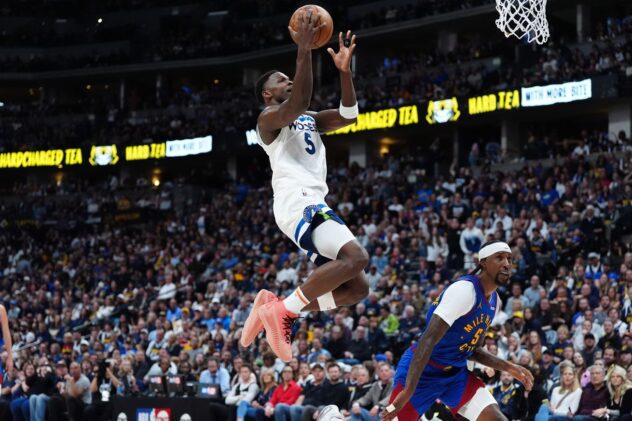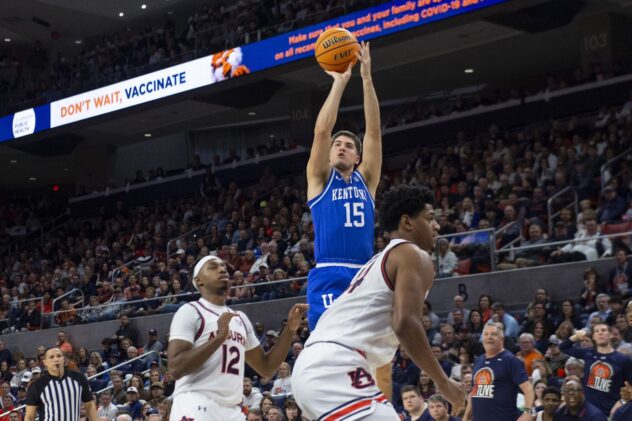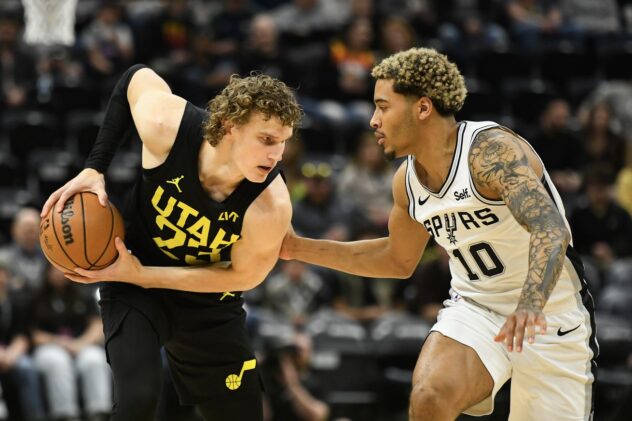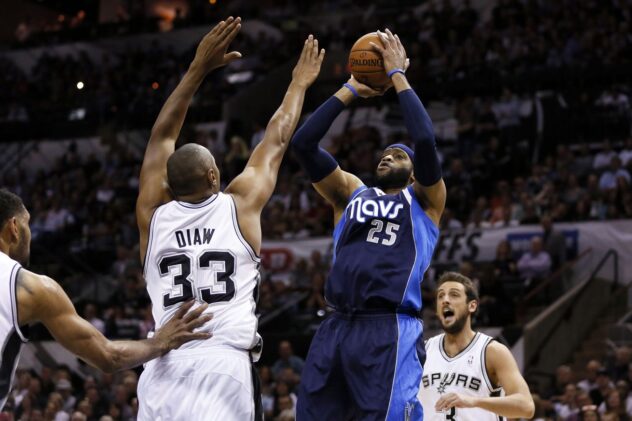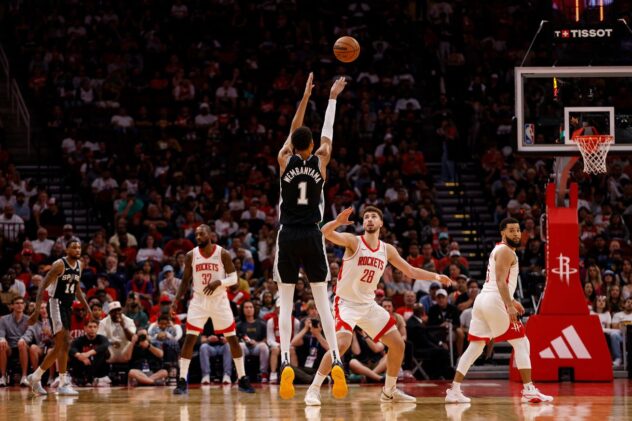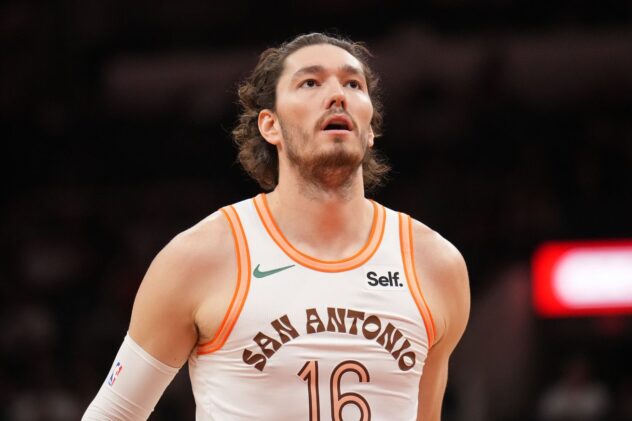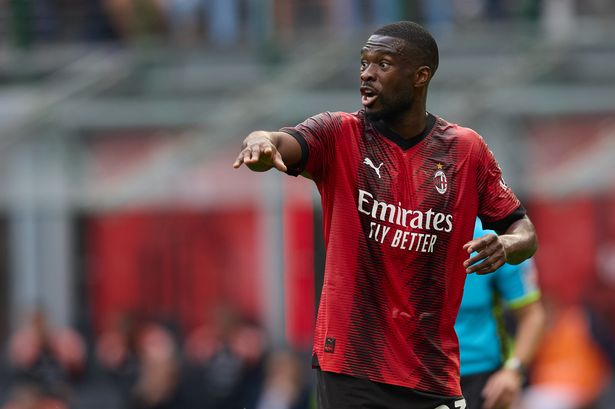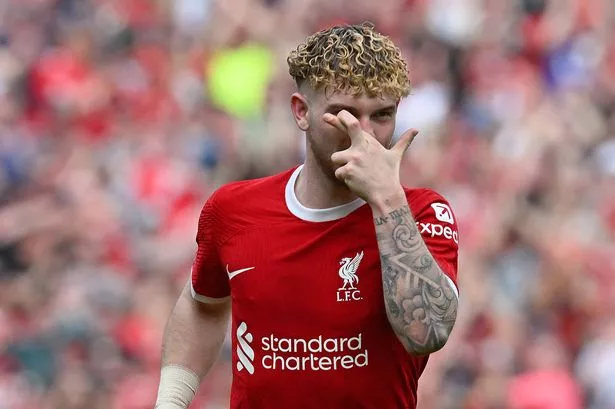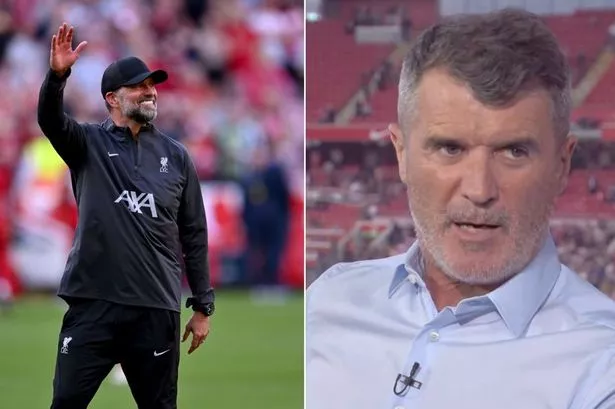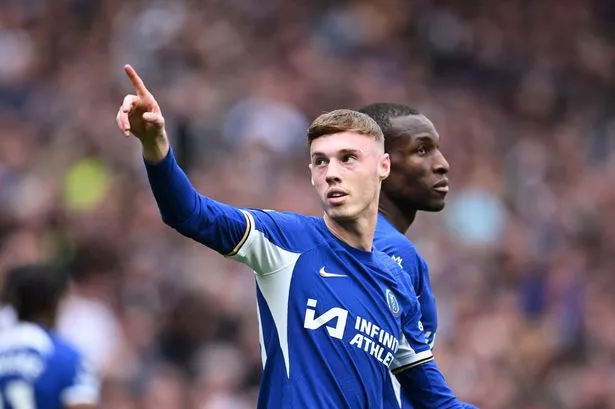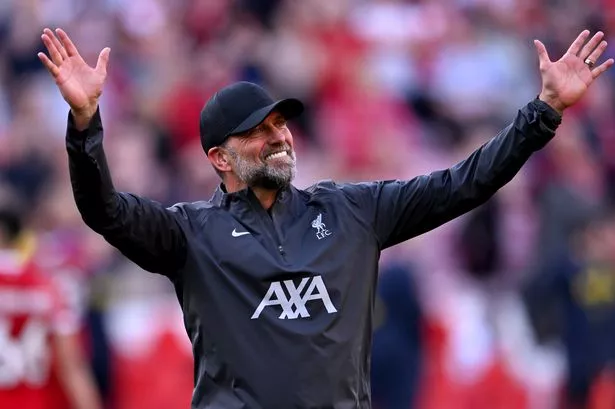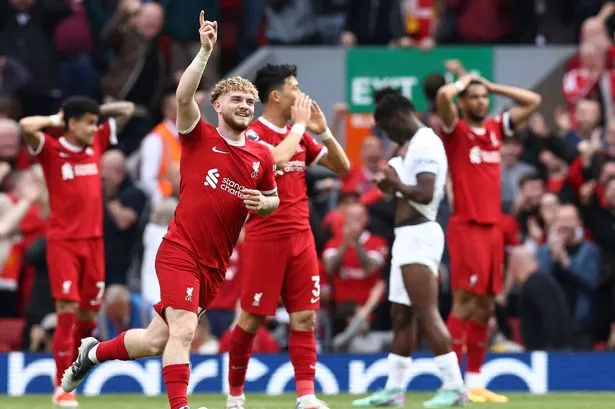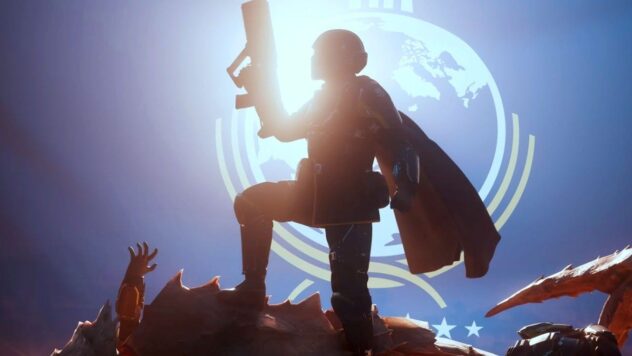Luka Samanic and the Spurs were never quite right for each other
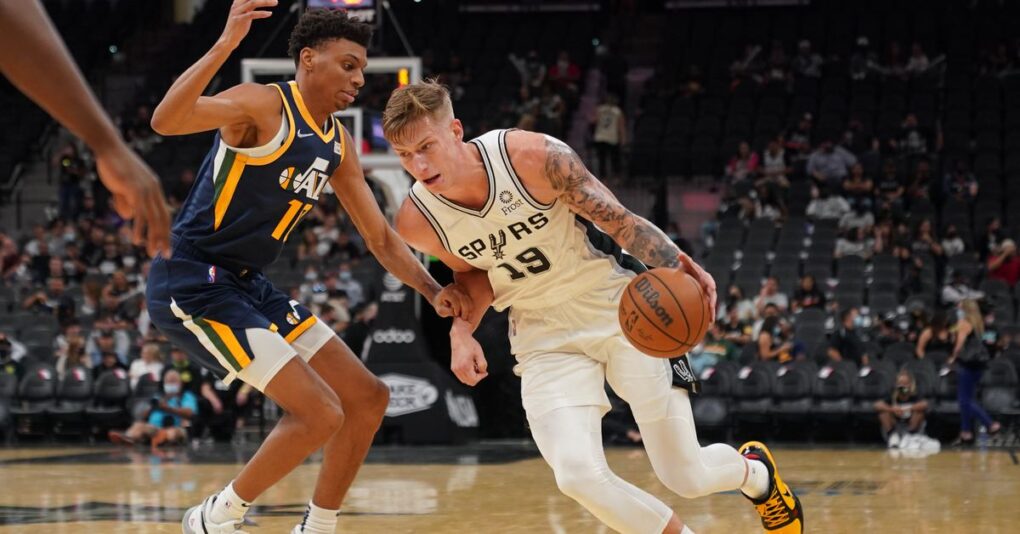
The Spurs have waived forward Luka Samanic, the 19th overall pick of the 2019 NBA draft. Now the roster stands at 16 players with guaranteed contracts, which means San Antonio will have to waive someone else before the start of the season.
The news would be considered surprising if the move hadn’t been reported as a possibility days ago by the San Antonio Express News. Normally first round picks are given their entire rookie contract to prove their worth, but the Spurs clearly believed they had seen enough of Samanic to be comfortable with parting ways with him.
There are a lot of aspects to explore about this decision that seems at the same time understandable but damming to the organization. So let’s look at some of them.
The Spurs created a situation in which waiving Samanic became a possibility
Before talking about why, in context, the decision to waive a cheap, young player makes sense, it’s important to explore that context. Yes, San Antonio had to waive someone, and Samanic was as good a candidate to get the axe as anyone, but the franchise created the uncomfortable situation in the first place. The Spurs had 17 players with guaranteed contracts on their roster because they wanted to have 17 players with guaranteed contracts in their roster. Nobody forced them to sign Zach Collins, who won’t be able to play until after Christmas, according to reports, to retain Keita Bates-Diop on a standard contract, or to sign Jock Landale. They knowingly not only created a logjam at Samanic’s position but also put together a roster that would need trimming.
When discussing this move, some will say Samanic was just a victim of the circumstances, and that’s true to a degree; if they likely wouldn’t make roster cuts if they didn’t need to. But the Spurs created those circumstances. Asides from making other signings, they could have easily moved Thaddeus Young if they had set the price for him low enough, or could have cut Drew Eubanks for nothing earlier in the offseason, or worked out a buyout with Al-Farouq Aminu after acquiring him.
So to be as clear as possible: the Spurs very likely knew they’d waive Samanic or at least were fine with doing so from the start. This is not a tough decision they were forced to make in the moment by unforeseen or unfortunate circumstances. They created those circumstances.
Samanic has not improved enough to deserve a spot under those circumstances
Now to look at why the Spurs were fine with making this decision. The simple explanation is that Luka Samanic never got better in the two most important areas of his development: his motor and mindset.
Samanic has great physical tools and enough talent to make it in the NBA. He’s 6’10, can run the floor well, has a shooting form that suggests he could be a viable three-point shooter, can attack closeouts, and defend on switches. At some points, both in the G-League and in the scarce opportunities he got to play with the big team, he’s showed flashes of immense potential. But he’s also never really been able to play more than a few minutes at a time with full energy and has displayed some of the worst body language I’ve seen from a player fighting for a rotation spot.
The Spurs today announced that they have waived forward Luka Samanic. Knew this was coming after the give up on this play last night. I’ve known Pop too long. We talked about it in the sports office as soon as we saw it. 1 said “Surprised he didn’t have to walk home.” pic.twitter.com/1zGexGCtWH
— Don Harris (@DonHarris4) October 11, 2021
Samanic gives up on plays. He seems uninterested in getting in the mix consistently on the boards. After any mistake or sign of adversity, he lowers his head and walks around looking completely miserable. When he gets meaningful minutes, he tries harder, and if things go well for him, he looks like a really interesting player. But he also just as easily reverts back to being extremely passive and seemingly disinterested. It would be inaccurate to say that he hates playing basketball, but at least for stretches he looks like he does. That type of mindset was never going to get him off of the deep bench, and Gregg Popovich is not the type of coach who will stick with a player whose runs hot and cold just to give him the confidence he might need. In a different environment, Samanic might have thrived, but in San Antonio a lack of effort is one of the biggest sins.
If someone asks the question “is Samanic an interesting enough NBA prospect from a physical profile and talent standpoint to deserve a roster spot?”, the answer is a resounding “yes.” He might get a chance with another team or become a star in Europe, like other mercurial bigs like Anthony Randolph and Jan Vesely. The Spurs have shown patience in the past with players who were not as gifted, like Cory Joseph, so moving on so quickly from a prospect with upside might seem surprising. The problem is Samanic never got past the concerns about his drive and mental strength that plagued him before he was even drafted, and sometimes those things are more important than athletic prowess and perceived potential.
Whether the failure to blossom is solely on Samanic or the Spurs share some of the responsibility is unclear, but the reality is he never seemed to fit in San Antonio, so it’s not shocking that he’s gone.
This is not a big deal
Teams don’t move on from first rounders picked in the teens while they are still in their rookie contracts unless they believe they’ve made a mistake. If the pick was, in fact, bad, it’s unavoidable to think about the opportunity cost. Had the Spurs not picked Samanic, they would have picked someone else. Maybe that player would be a part of the core at this point instead of getting waived.
The issue with that type of thinking is that it often gets mired by hindsight and the assumption that the theoretical pick would have been a good one. Sure, the Spurs could have gotten Matisse Thybulle, Jordan Poole or Nic Claxton. They also could have ended up with any of the other prospects that hasn’t panned out yet and probably never will. It was the 19th pick, not a top five one. There are no sure things that low. One of the players Spurs fans lamented passing on, Brandon Clarke, lost his rotation spot in the playoffs last season.
It’s true that some considered Samanic a bad pick the second he was drafted with the information available at the time. Experts questioned it immediately. But Samanic was one of the youngest players in the draft and had flashed potential to be exactly the type of big man with perimeter skills that is highly coveted in the modern NBA. He might have been a gamble, but for a team looking for high upside, it wasn’t an awful one. And the Spurs picked up Keldon Johnson at 29th in the same draft, so it’s not like the front office was clueless when it came to recognizing talent. If the picks had been swapped, few would be questioning it, but the Spurs went with the intel they had, which said Johnson would still be available at 29th, and Samanic would not.
He was just a risky pick that didn’t work out for the team that made it. There were a few of those in that draft alone, like Sekou Doumbouya and Kevin Porter Jr. The Spurs have such a good track record of finding great value in the bottom half of the first round that the blunder may seem much more significant than it actually is, but in reality, there were no franchise-changing talents they passed on. If any of Jock Landale, Keita-Bates Diop, or Zach Collins — all 25 years old or younger — pan out, the Spurs will have someone who can do most of what they hoped Samanic would realistically be able to do if he turned out to be a good pick, and likely at a cheaper cost in the long term.
Drafting Samanic only to waive him two years later was a mistake, but not a particularly costly one. Hopefully the front office will make up for the bad decisions of the past with better ones in the future, which is all that matters for the Spurs.

